Chuan Fa Martial Arts Academy
Five Animals of Chuan Fa
The practice of the movements derived from the animals, then and now, leads to an evolution of the practitioner. At first, the bones become denser and the internal body. Organs become stronger and function harmoniously. Additionally, the mind becomes more relaxed.
The development of inner strength leads to more relaxed movement and greater force. The student learns to support the body movements with a strong, solid stance. With continued practice and growth, the student becomes fluid and graceful.
As training continues, sensitivity becomes more highly developed, and this allows for an even more relaxed approach to self defense. The end result, the student is totally aware of the Chinese movement and the philosophy of boxing in iron palm training.
We identify the application of the animals with the philosophy of the FIVE FINGERED FIST, each finger representing an animal. The closing of the fist creates the sixth and hidden animal, the incipient monkey, or man, who is never satisfied.
The Five Animals
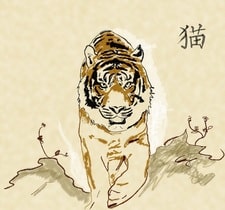
Tiger
External power, preconceived notions, non-intellectual in training. This level of training is the first and focuses on power. Learning to use our bodies to generate power and hone the basics of fighting. How to stand, move, block, and strike. These are the building blocks of self defense training. One must become proficient in these basics before one can begin to learn how to use self defense training in real life.
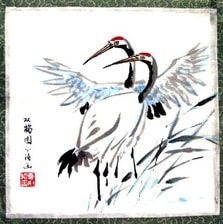
Crane
Agility and conditioning; bring awareness to the tiger. The crane form is useful for kicking and jumping, promoting better balance and stronger kicks. The crane fist is used for attacking the pressure points of the opponent’s body. The back of the slightly bent wrist is sometimes used for striking. There also is a knee strike in the form. Although the crane can be fast, it differs from the leopard in that the crane contains a soft, relaxed technique.
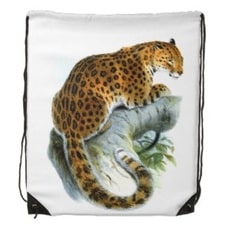
Leopard
Emphasizes internal and external power; inner and outer power. Movement brings together the tiger and crane; becomes but never part of; comes but always departs; never ending. The leopard technique often is a lightning fast fist attack. The fist is made by bending the forefingers back to the first joint of the forefingers rather than the knuckles as with a regular fist. The thumb is held alongside the fist, adding stability. This fist concentrates all of the power into a small area, increasing the force of the punch. The leopard forearm also can be a weapon as can the elbow. The leopard technique increases the student’s strikes and strengthens the stances.
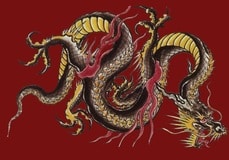
Dragon
All eternal power carries us through stalking and eliminating; beginning to end and back to the beginning again. The dragon is soft like the snake but uses a claw hand. (The snake has no claw.) The tiger form contains a claw hand but is not soft. Dragon techniques include grabs, chokes, and arm and wrist locks. The dragon claw often grabs the opponent’s ribs or neck. As far as external or internal techniques are concerned, the dragon can flow from one to the other even within one technique.
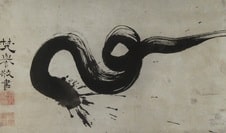
Snake
Its poison is a vitality, everlasting nourishment to achieve. Snake techniques are soft and internal. Speed is not as important as smoothness. The snake blocks and strikes at the same time. There are no fists in the form. All snake energy and power are controlled by the waist. Many strikes are directed toward the opponent’s eyes, throat, and other soft targets of the body. A wide circular neck lock is included in the set. Fingertips are usually weapons, but also can be offensive. Coiled or circular movements are usually defensive.